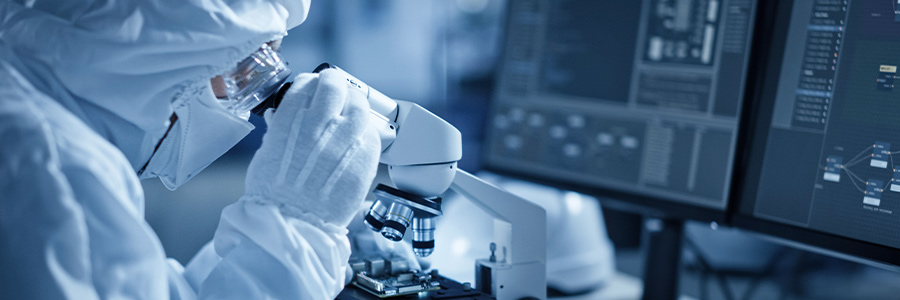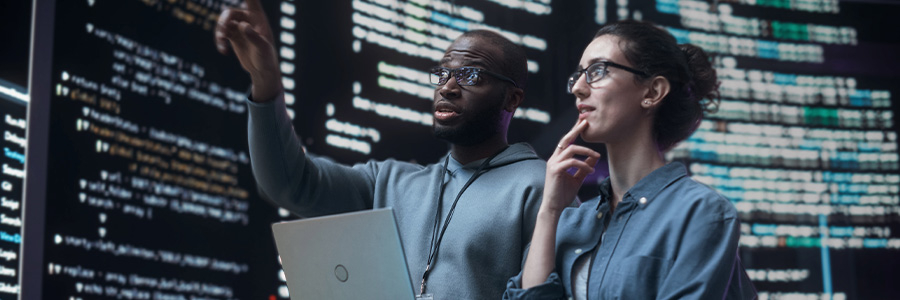By: Andrew M. Charles, CFA; Joseph Giordano, CFA; Agnes Lim; Zach Ogden; Michael Anastasiou; Chris Krueger;
May 16, 2024 - 4 minutes 30 secondsThe TD Cowen Insight
Following the rise of GenAI in 2023, our roundtable suggests greater operator open mindedness to using voice AI for drive-thru & phone-in orders. Automation reduces the reliance on human labor amid trough unemployment while improving throughput. We support our enthusiasm for the industry tipping point with analyses detailing the impact of voice AI and kitchen robotics.
Restaurant Automation Benefits
In our view, restaurant automation will be the most defining structural change for the restaurant industry over the next 12-18 months. Said differently, we see voice AI (utilized at the drive-thru speaker box and for phone-in orders) as approaching a tipping point of adoption and the next logical extension of our long-standing focus on digitization as a key tool for restaurant concepts. Automation features a similar suite of benefits as digitization including delivering a more frictionless customer experience, enhancing restaurant operations and improving data collection.
Longer term, forward thinking, company-operated systems have identified opportunities with automated kitchen equipment (predominantly kitchen robotics). This is a bigger lift than voice AI software, and one that we expect will lead to a longer timeline of implementation.
Automation plays a key role in eliminating the more frictional tasks to either improve crew member satisfaction or reduce restaurants' reliance on labor, especially as:
- The restaurant industry employs ~9% of the civilian U.S. workforce.
- A tight restaurant labor backdrop faces exogenous risks new to 2024, including April 1's AB 1228 implementation and unionization risks.
- Improved technology and price points make automation solutions more realistic.
- Operators are open-minded to AI given increasing buzz around generative AI (i.e., ChatGPT) as noted by Google search data.
Roundtable Insights
We conducted a 10-question roundtable session with three restaurant voice AI providers, asking questions we believed to be most topical for investors. From the discussion, we noted eight key takeaways:
- Prevalence of Generative AI has accelerated the adoption curve of voice AI across the restaurant industry.
- Voice AI technology remains the solution to optimizing labor and capturing bigger tickets.
- Average check lifts are as high as 30% from voice AI upselling.
- Drive-thru speed improves by as much as mid-to-high single digit percentage.
- AI order accuracy rate ranges from 50% to 100%.
- Cost of implementation, need to upgrade aging infrastructure and ease of integration are key to wider adoption of voice AI.
- Adoption into multiple languages is underway.
- Voice AI adoption have become more pervasive geographically across the U.S.
The insights from the roundtable helped inform financial analyses conducted for company sales and labor benefits from adopting voice AI at the drive-thru and for phone-in orders respectively.
Financial and Industry Model Implications
We also analyzed the impact that utilizing kitchen robotics can have on unit economics. We expect adoption of voice AI and kitchen robotics to improve sales and throughput. Voice AI could benefit revenues through capturing more transactions and increasing average ticket size via upselling opportunities. We estimate voice AI can drive 10% and 15% sales lifts from suggestive selling for drive-thru orders and phone-in orders respectively, as well as reduce drive thru time by approximately 10 seconds per vehicle.
The impact on labor is more nuanced and ranges from removing the less desirable aspects of the job to drive labor efficiencies and improve crew member satisfaction to outright reduction in human labor needed at restaurants. Indeed, one fast food company has disclosed a 700+ bps improvement in restaurant level margins, primarily from reducing the need for assembly line labor.
Given incremental investment costs of $500K per store, our math suggests cash-on-cash returns are only marginally accretive (100 bps) from the implementation of kitchen robotics, while the company points to more impactful accretion over time. We note that the qualitative benefits of making restaurant crew members' jobs easier to reduce turnover is invaluable.
Taking three companies into account, we calculated the benefits of suggestive selling, throughput improvements and the potential to reduce labor. Our results showed:
- increased sales at one company
- increased store level cash flow by 5.1% at a second company
- increased cash-on-cash returns at the third company
We also noted the improved order accuracy of automation eliminates human error which aides service times, reduces waste and improves customer satisfaction.
Adoption at Scale and Macro Dynamics
We expect announcements of companies piloting or installing voice AI and kitchen robotic technology to ramp over the next 12-18 months as no top-25 limited-service restaurant brand has yet announced adoption at scale. While difficult to predict timing, using third-party delivery as an analog, as two or more of the top 25 brands make announcements to adopt technology at scale, we expect the rest will quickly follow. We will also be watching several macro dynamics that will help determine the timeline of adoption. In order of importance:
- Wage inflation is running above the historical 4% average, most recently trending 5.2% as of February 2024.
- California’s AB 1228 spreading to other states and municipalities.
- Unionization in the restaurant industry seems contained but is detrimental to stock narratives and thus restaurant multiples. We believe a faster spread of unionization would assuredly accelerate automation efforts.
- The restaurant industry has long employed immigrant workers. We would expect immigration reform at the national or state level to delay automation, though near-term reform seems unlikely.
Subscribing clients can read the full report, Automation: The Nexus of Sci-Fi & Hospitality - Ahead of the Curve ® via the TD One Portal










